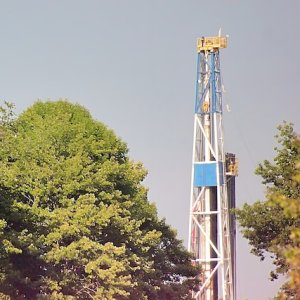
Tamazunchale - El Sauz Pipeline
Few people in Mexico — even those with long experience in the construction of natural gas pipelines — know that xanthi-ncuni is the Otomi word for pipeline. That, however, is the level of detail that Mexican developers need to adopt to ensure their projects’ success.
The construction of the Tamazunchale-El Sauz pipeline was not free of technical hurdles but it was the innovative strategy that Grupo Desarrollo Infraestructura (GDI) implemented to ensure the local communities’ approval that made this case so special. The success of the project is even more remarkable considering its scale: the 229km natural gas pipeline passes through 125 communities in the states of San Luis Potosi, Hidalgo and Queretaro, including indigenous territories and ejidos. This means that GDI had to negotiate with hundreds of landowners as the average length of the properties was a mere 200m.
Energy infrastructure projects are likely to improve the economy of a region but they also cause disruptions in daily lives of communities, especially during construction. Being clear about the project’s impact becomes crucial to avoid false expectations and bring communities on board. Understanding this, GDI launched a thorough communication campaign during the 18 months of the project’s construction that included material in the local indigenous languages. The company also made use of protocols to perform indigenous consultations in line with the uses and practices of the region.
Given the number of indigenous groups living around Tamazunchale-El Sauz, it is not surprising that several archeological pieces were found during construction. But the relevance and quantity of these pieces was in fact a pleasant surprise for GDI’s engineers and the group of archeologists from the National Institute of Anthropology and History (INAH) that accompanied them to explore the area and safeguard pieces and land of historical value. Among the most relevant discoveries was a pyramid on top of a mountain in a remote location of Hidalgo’s cloud forest. The company’s interest in protecting and documenting the region’s historical heritage was also crucial in the establishment of strong relationships with the communities. Dealing with rural communities is often seen as the most challenging part of developing large infrastructure projects in Mexico. But cases such as the Tamazunchale-El Sauz show that it is possible to carry out profitable projects in areas with high cultural diversity.



















